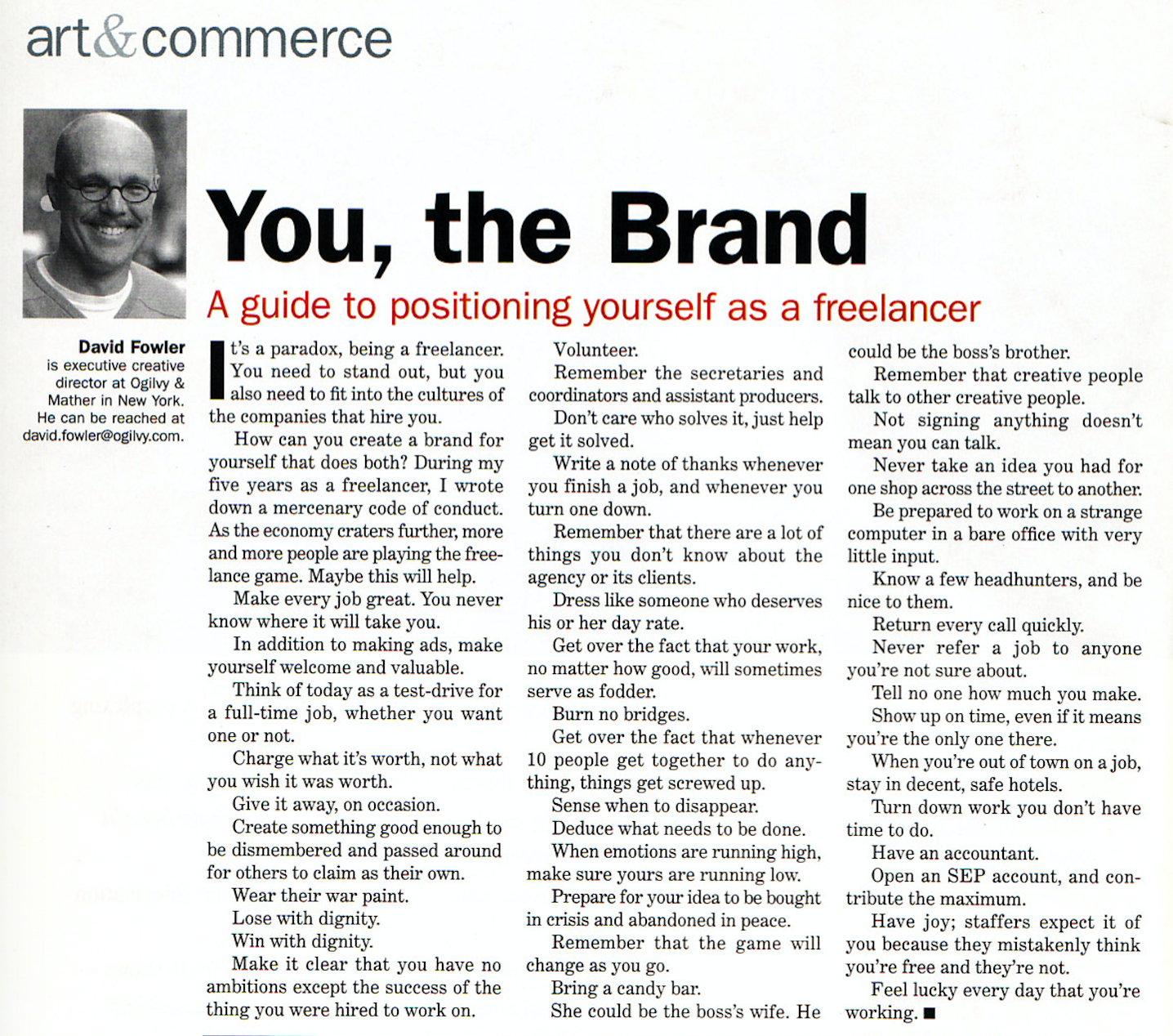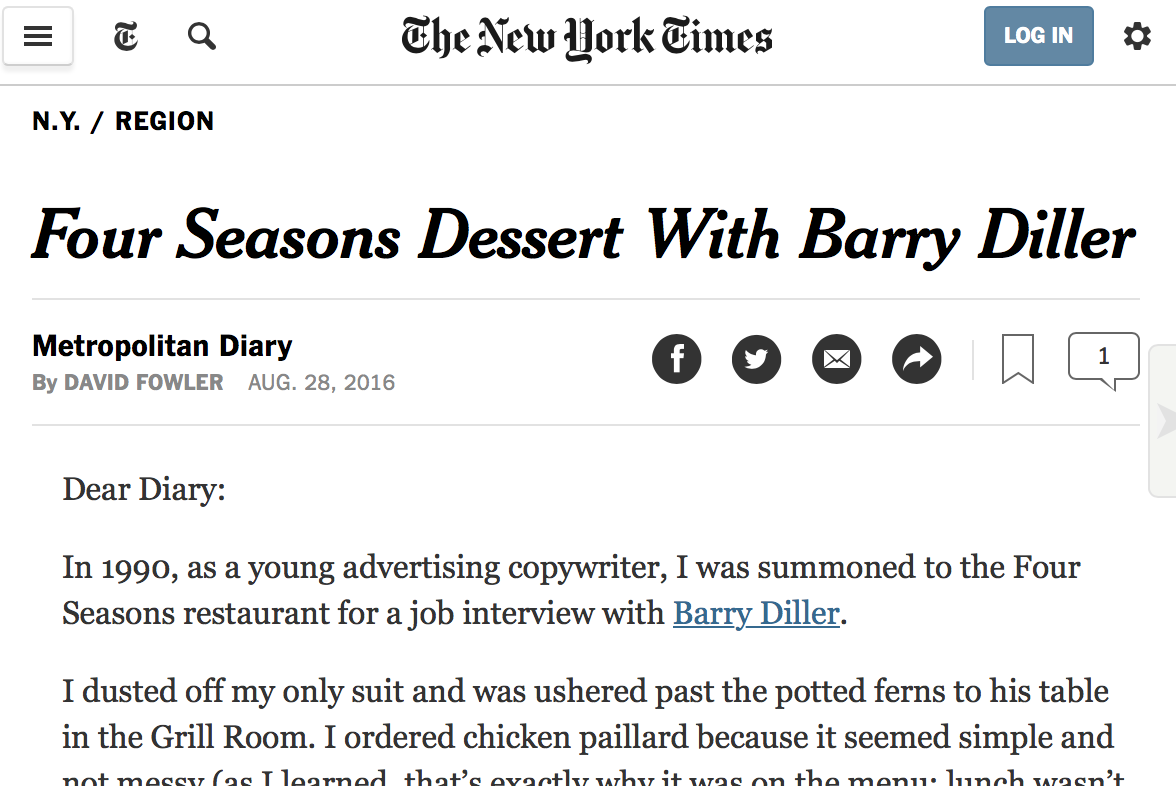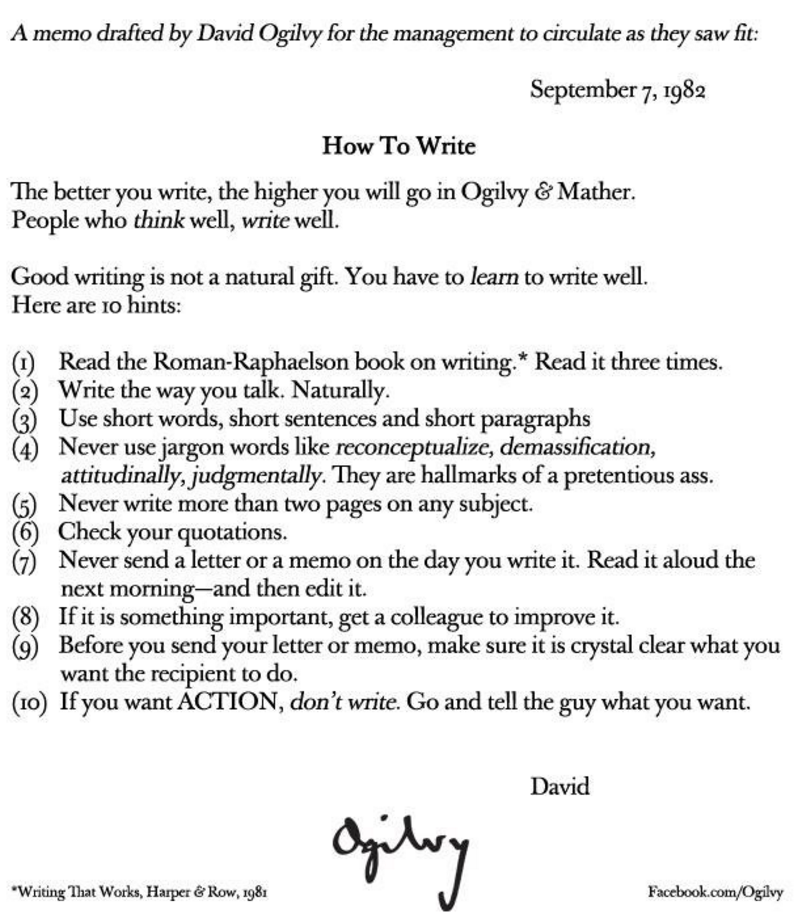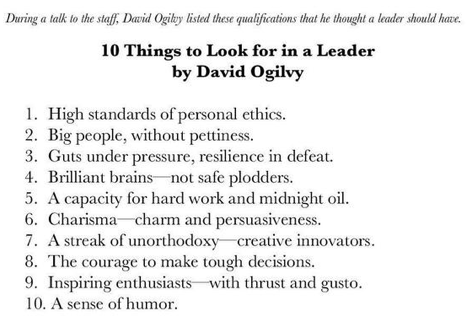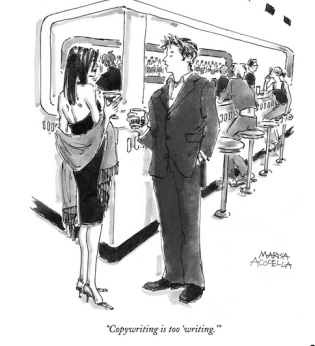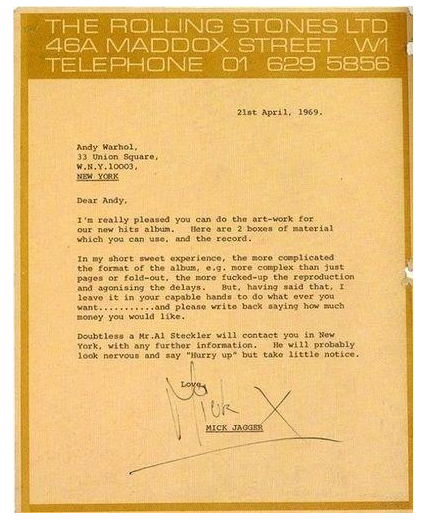When you’re trying to define a company, don’t just look at the physical, obvious products they make. Look at the effect those products or services have on the people who use them.
RedBull doesn’t just give you energy. It gives you wings.
Apple doesn’t make technology. They make design that just works.
What does the company really do in the world? What comes of their efforts? What changes as a result? Where would we be without them?
Sometimes, it’s not what a company does. It’s what the company’s products mean to other people. Elevate the literal.
